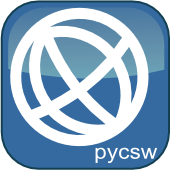The popular open source web mapping library OpenLayers version 3.4.0 has been released today.
Some new features according to the announcement: “Dateline wrapping has been added for tile sources, you can most clearly see this in the new wms-tiled-wrap-180 example. The draw interaction can now draw circles as well, check out the updated draw features example and select Geometry type Circle. […] Another interesting change is the ability to allow GeoJSON to be serialized according the right-hand rule, this refers to the orientation of the rings. This is very important for interoperability of GeoJSON, with systems such as Elasticsearch. […] In version 3.3.0 support for ArcGIS REST services was released […]”
Here’s the full changelog for all version from 3.1.0 to 3.4.0, versions that were not mentioned over the official OpenLayers blog.


